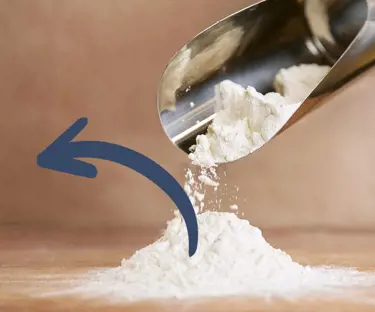The Ethiopian government declared a national state of emergency twice after we started the GAIN Access to Better Dairy project. Then came the COVID-19 pandemic. But now we are here, ready to launch a new affordable dairy product in Ethiopia – and we have established what could be the first approved standard for a fortified yoghurt.
Driven by the GAIN Nordic Partnership, the project has proven what can be achieved when companies and organisations come together to share expertise. There is so much more to it than the product that will soon go on sale in Ethiopian kiosks. We have worked with the whole system, from the smallholder dairy farmers to the local dairies that produce the yoghurt.
Consumer thumbs-up
Most recently, we completed the consumer acceptability trials. Two focus groups comprising three to seven-year-old children and their mothers participated. This has given us the assurance we need that the two flavour variants live up to local taste preferences – strawberry is already the clear favourite.
From the outset, the nutritional needs of this age group have been the key focus. We assessed what children from many low-income families in Ethiopia lack in their diet, causing widespread malnutrition and stunting. The yoghurt has been developed to provide some of the nutrients they need for healthy growth and development – vitamins, minerals and protein.
To reach this point where the yoghurt is ready for launch, it has taken time, patience and a lot of learning about how to build a dairy supply chain and business model with no risk of an unforeseen negative impact.
Knowhow and ingredients
During the project, the partners have helped the farmers increase the milk yield from their cows, and they have collaborated with local dairies to transfer processing knowhow and introduce new ingredients such as whey permeate.
The high dry matter content of whey permeate makes it possible to extend the locally sourced milk, so more yoghurt can be produced. This is among the reasons why the yoghurt can be sold at a price that lower-income families can afford.
At the same time, whey permeate is rich in lactose, which serves as a source of natural sweetness and, as such, reduces the need for added sugar. The dairy is then able to prioritise nutrition without compromising the yoghurt’s sweet taste.
Approved standard
That the Ethiopian Bureau of Standards has approved our approach as a new standard for fortified yoghurt is a major achievement. And it’s nothing short of fantastic that our Ethiopian dairy partners have shown they can meet this standard. The ability to incorporate tiny concentrations of vitamins without destroying them during the production process is an enviable skill.
Most importantly, we have developed a model that can now be used to build sustainable supply chains for affordable, dairy-based nutrition in other parts of the world. A dairy in Pakistan is already working with a revised version of the model in collaboration with the Scale-Up Nutrition (SUN) Business Network.
We have shown that, when you work closely together, you can really create something new that is nutritionally appropriate and supports economic development.
This blog contains material and information intended for B2B customers, suppliers and distributors, and is not intended as information to the final consumers.


